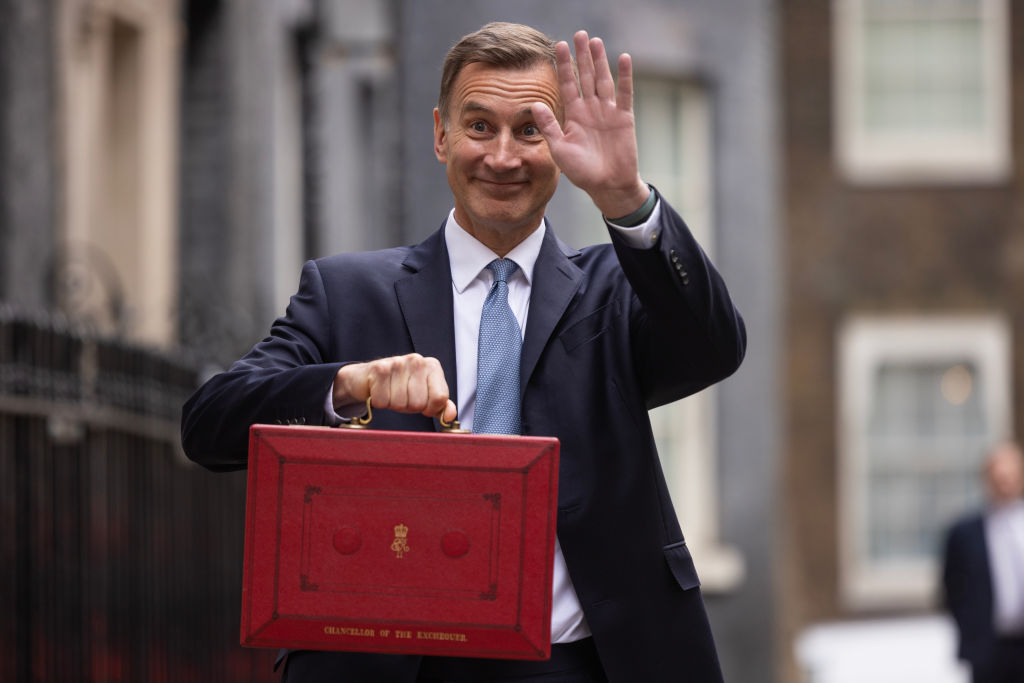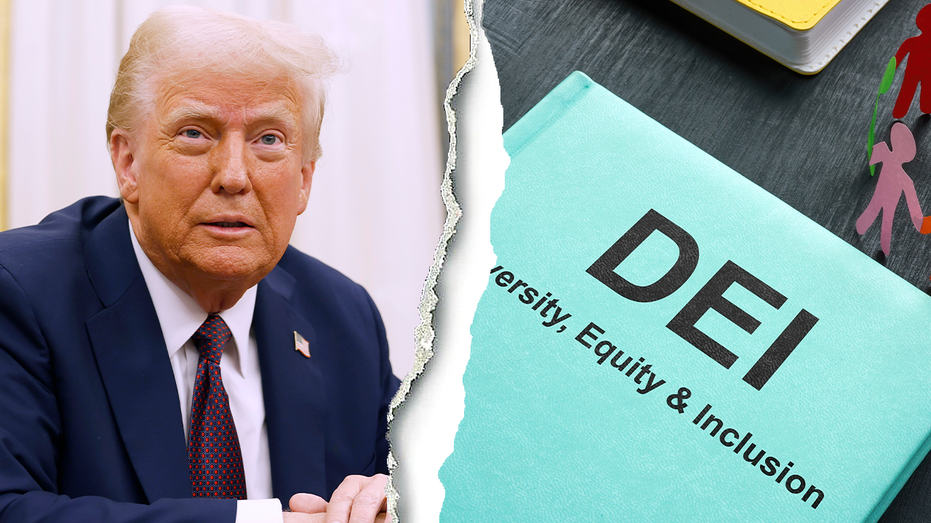Will it work? VAT cuts for small businesses
Where Sam Fowles strips the politics from policies and asks if they solve the problem they’re supposed to. Today, raising the VAT threshold.


It’s an election year. Politicians are giving us a barrage of policies. But we often forget to ask the most important question: will they actually work? In this column Sam Fowles take policies on their own terms and asks whether they solve the problem they’re supposed to solve.
Much coverage of the recent Budget focused on the 2p cut to National Insurance (and the income tax cut that never was). But let’s look beyond the headlines.
The Chancellor also promised to “reduce the administrative and financial impact of VAT” for small businesses. So will it work?
What’s the plan?
The threshold at which businesses pay VAT will rise from £85,000 to £90,000 per year.
Reasons to get excited
This is the right sector to help. Small businesses make up over 99 per cent of all businesses in the UK and generate 67 per cent of all turnover. Nearly a quarter of adults work for a small or medium-sized enterprise (SME).
Small businesses have had a hard decade. They’ve been hit by Brexit, the pandemic and ongoing uncertainty. In 2024 we still have fewer small businesses than in 2020.
Raising the VAT threshold will cut administrative costs for businesses (no more quarterly VAT returns) and make their prices more competitive. For consumers, it means cheaper goods. For the economy as a whole, it means more home-grown businesses. What’s not to like?
Does it add up?
The average small business has a turnover of around £156,000, so raising the VAT threshold to £90,000 will only benefit the smallest of the small. That said, the costs imposed by VAT weigh most heavily on business at the lowest end of the turnover scale.
But that’s not the whole story. Until 2017 the VAT threshold was increased every year in line with inflation. If rises had kept up with inflation the threshold today would be £108,123. It’s likely that, for a large proportion of businesses, raising the threshold to £90,000 won’t make up for the effects of fiscal drag since 2017.
The government boasted the threshold rise will “keep 3.2m small businesses out of VAT”. This isn’t technically wrong but it makes impact of the policy seem much larger than it actually is. Around 3m businesses came below the £85,000 threshold so don’t have to pay VAT even without the raise. The rise to £90,000 brings 300,000 more businesses under the threshold. That’s not nothing, but it’s a lot less than the government made out.
Cause for concern?
The Chancellor presented his threshold rise as reducing both the “administrative” and “financial” impact of VAT. But businesses that collect VAT on their income can also claim it back on their outgoings.
Businesses only pay VAT when they’re bringing in significantly more than they’re spending (so it’s less of a burden). While less time filling in forms (“administrative benefit”) is no bad thing, claims of any significant “financial” benefit probably overstate the case.
Is this the help small businesses really need? Polls show they’re far more concerned about the cost of living crisis, which is suppressing both consumer and business spending. The main economic headwind, for both large and small businesses, is underinvestment. A few pounds saved on VAT can’t make up for the absence of crucial infrastructure. Even the government admits the threshold.
How does it score?
The five per cent of small businesses that will benefit will certainly see a reduction in administrative costs. For everyone else it’s likely to be met with a shrug.
- Electoral appeal: 2/5
- Value for money: 2/5
- Effectiveness: 3/5
- Originality: 1/5



